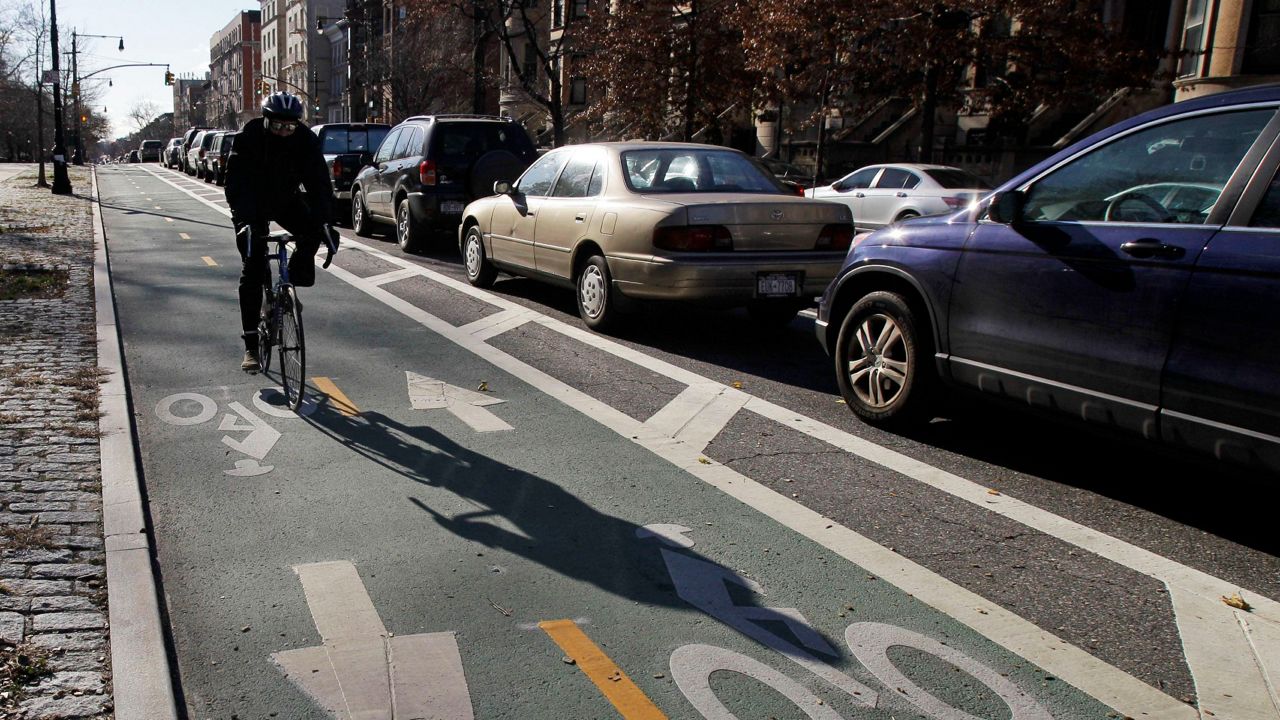Streets can become safer and friendlier for pedestrians and bicyclists under legislation being pushed by state lawmakers.
Gov. Kathy Hochul is being urged to sign a bill that would reduce the cost of "complete street" construction for local governments and municipalities with the goal of making it easier to build bike lanes, safe pedestrian corridors and lower speed limits.
The bill, approved earlier this year, is heading to the governor's desk for her approval. Lawmakers have pointed to a rise in traffic-related deaths over the last decade.
“New Yorkers are at serious risk of injury or death due to rising traffic violence – according to the Governors Highway Safety Association crashes killing pedestrians increased 46% from 2010 to 2020, compared to just a 5% increase for all other crash fatalities," said Assemblywoman Pat Fahy, who sponsored the measure with state Sen. Tim Kennedy. “Not only will implementing complete street design in more communities across New York save lives, but empowering municipalities and local governments to construct more of these features by reducing their cost burden is commonsense and badly-needed."
Under the legislation, a greater share of the cost of implementing traffic and pedestrian safety projects would be picked up by the state government.
The push coincides with efforts to reduce speeding in communities across New York and create slower speed limits. Local governments in New York can lower speed limits to 25 mph in some areas, and municipal governments across the state are considering the change.
“More than 12,000 New Yorkers have been killed since New York State passed its existing complete streets legislation in 2011,” said Amy Cohen, the co-founder of Families for Safe Streets and mother of Sammy, killed in 2013 at 12 years old. “The three reform measures backed by Families for Safe Streets will help bring the state’s policies up to the latest best practices and ensure people nobody has to bury their own children, like so many of us who testified today have. Crosswalks, sidewalks and curb ramps aren’t extras, they are critical safety infrastructure.”



